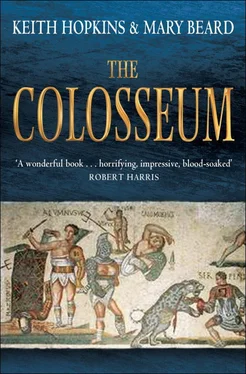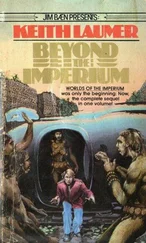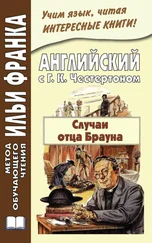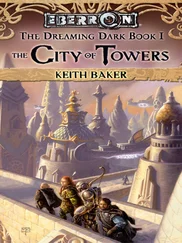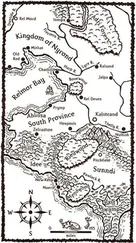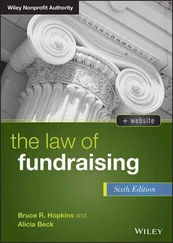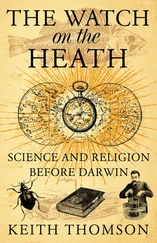Keith Hopkins - The Colosseum
Здесь есть возможность читать онлайн «Keith Hopkins - The Colosseum» весь текст электронной книги совершенно бесплатно (целиком полную версию без сокращений). В некоторых случаях можно слушать аудио, скачать через торрент в формате fb2 и присутствует краткое содержание. Город: London, Год выпуска: 2011, ISBN: 2011, Издательство: Profile Books, Жанр: История, на английском языке. Описание произведения, (предисловие) а так же отзывы посетителей доступны на портале библиотеки ЛибКат.
- Название:The Colosseum
- Автор:
- Издательство:Profile Books
- Жанр:
- Год:2011
- Город:London
- ISBN:9781846684708
- Рейтинг книги:3 / 5. Голосов: 1
-
Избранное:Добавить в избранное
- Отзывы:
-
Ваша оценка:
- 60
- 1
- 2
- 3
- 4
- 5
The Colosseum: краткое содержание, описание и аннотация
Предлагаем к чтению аннотацию, описание, краткое содержание или предисловие (зависит от того, что написал сам автор книги «The Colosseum»). Если вы не нашли необходимую информацию о книге — напишите в комментариях, мы постараемся отыскать её.
The Colosseum — читать онлайн бесплатно полную книгу (весь текст) целиком
Ниже представлен текст книги, разбитый по страницам. Система сохранения места последней прочитанной страницы, позволяет с удобством читать онлайн бесплатно книгу «The Colosseum», без необходимости каждый раз заново искать на чём Вы остановились. Поставьте закладку, и сможете в любой момент перейти на страницу, на которой закончили чтение.
Интервал:
Закладка:
The new emperor Vespasian’s first task was to reconstruct the ceremonial centre of Rome, to stamp his own identity on the city and to wipe away the memory of Nero. He rebuilt the Temple of Jupiter and constructed a vast new Temple of ‘Peace’, a celebration of Rome’s military success (‘Pacification’ might be a better title) as much as its civilising mission. The obvious problem, however, was what to do with the most notorious of Nero’s building schemes: his vast palace known as the Golden House, whose parkland had taken over a substantial swathe of the city centre, up to 120 hectares (300 acres) in some modern (and probably exaggerated) estimates. The surviving wing of this architectural extravaganza amounts to some 150 rooms preserved in the foundation of the later Baths of Trajan. These were opened again to the public for a few years in the early 2000s, but are now closed once more because of the dangerous condition of the building (in any case, the famous painted decoration is sadly dilapidated and nothing to compare with what Raphael and his friends saw when they rediscovered the site in the sixteenth century). Originally the Golden House’s highlights were said to have included a state-of-the-art dining room with revolving ceiling, a colossal bronze statue, more than likely representing Nero himself, some 30 metres tall, and a private lake – ‘more like a sea than a lake’, according to Nero’s Roman biographer, Suetonius – surrounded by buildings made to represent cities. Much of the ancient report of this palace is overblown. Recent excavation on the site of the lake, for example, has suggested that far from being ‘more like a sea’, with all the images of wild nature that implies, it was a relatively small, rather formal affair. And there is no good reason to suppose, as was alleged soon after, that Nero had himself started the great fire of Rome in 64, simply in order to get his hands on vacant building land (even if he took advantage of the trail of emptiness and devastation the fire had left in bringing his grandiose schemes to fruition). Nonetheless there seems to have been a strong view at the time that the Golden House was monopolising, for the emperor’s private pleasure, space in the centre of the city that by rights belonged to the Roman people. ‘Citizens emigrate to Veii, Rome has become a single house’, as one squib put it at the time.


Vespasian’s response was shrewd and practical. Part of the Golden House appears to have continued in imperial use (and there is a good case for suggesting that Titus had his residence there a good decade after Nero’s death). But on the site of that infamous private lake he founded what we now call the Colosseum, a pleasure palace for the people. It was a brilliantly calculated political gesture to obliterate Nero’s memory with a monument to public entertainment, and by giving back to popular use space that had been monopolised by private imperial luxury. And it was a theme harped on by Martial in the second poem of his celebratory volume, which marked the opening of the building almost ten years later, under Titus, in 80 (Vespasian himself did not live to see its final completion, dying in 79). To quote Killigrew’s translation again, which hails the emperor, as Martial’s original did, under the Latin title ‘Caesar’:
Where the stupendious theatre’s vast Pile
Is rear’d, there Nero ’s Fish-ponds were e’er while…
Rome ’s to it self restor’d; in Caesar ’s Reign
The Prince’s Pleasures now the People gain.
But it was more than just a question of the return of the city’s space to popular use. In building the Colosseum Vespasian was dramatically making the point that the profits of Roman military success belonged, in part at least, to the common people of Rome; it was not only emperor and aristocracy who were to enrich themselves with the booty of empire. For, where did the money come from to build this vast monument? Some of it, almost certainly, from the mass of precious spoils that flowed into Rome with the suppression of the Jewish rebellion. In fact, it may even be that monumental inscriptions in the Colosseum emphasised exactly this point. Or so an ingenious recent discovery has been taken to suggest.
A few years ago archaeologists minutely re-examined a large inscribed block of stone that had been known for centuries; it once was lying around in the arena and made a convenient resting place for the weary Victorian tourist. The main text on this block was carved in the fifth century and commemorates a restoration of the Colosseum in that period. But it was noticed that the block had had an earlier use and had once carried a quite different text displayed in bronze letters – to judge from the dowel-holes which had fixed these letters and were still visible. Careful tracing and measurement of the holes allowed the original wording to be reconstructed. The Latin (illustration 7) means:
THE EMPEROR VESPASIAN ORDERED THIS NEW AMPHITHEATRE TO BE CONSTRUCTED FROM THE BOOTY…

Whether this reconstruction is the result of a brilliant piece of academic detective work or the combination of vivid imagination and wishful thinking depends on your point of view. A sceptical reader is likely to feel (as we do) that there is an uncomfortably long distance between the scatter of holes and the suspiciously appropriate solution to ‘joining the dots’. Nonetheless, inscribed text or no inscribed text, the underlying point remains. The Roman Colosseum was the fruit of Roman victory over the Jews. It was, in effect, the Temple of Jerusalem transformed by Roman culture, rebuilt for popular pleasure and the ostentatious display of imperial power.
There is, however, a sting in the tail of this story of the amphitheatre’s construction and its original message. For if part of Vespasian’s intention was to dislodge Nero from Rome’s ‘sites of memory’, he notably failed. For by the Middle Ages the building had taken on the name by which we now know it: Colosseum. This was not simply because it was very big; though sheer size must have been one factor in explaining why what was originally a nickname has so firmly stuck. The most likely derivation is from the colossal statue of Nero (the ‘Colossus’) that stood near by, commissioned by him for his Golden House. There have been all kinds of modern disputes about this statue. Was it actually completed before Nero’s death? Was it meant to stand in the vestibule of the Golden House, as many people (but not all) have taken Suetonius’ biography of Nero to suggest? Did it represent Nero or the Sun God, or Nero as the Sun God? And how, anyway, would you tell the difference? Whatever the answer to these questions, it is clear enough that it long outlasted Nero’s palace itself, albeit with a series of alterations to its facial features (down-playing the Neronian characteristics) to bring it more acceptably into line with the changing imperial regimes, and with a wholesale shift of site under the emperor Hadrian – with the help of an architect and twenty-four elephants. There is evidence that it was still standing in the fourth century, on a base near the Colosseum which was destroyed only in the 1930s, when Mussolini had the area ‘cleaned up’ to make way for his new road, the modern Via dei Fori Imperiali. And it may well be that the famous slogan quoted in a collection (wrongly) attributed to the eighth-century scholar Bede, ‘So long as the Colisaeus stands, Rome also stands, when the Colisaeus falls, Rome will fall too’, refers to the statue and not, as it is usually taken (partly because it makes a better prediction), to the amphitheatre.
Читать дальшеИнтервал:
Закладка:
Похожие книги на «The Colosseum»
Представляем Вашему вниманию похожие книги на «The Colosseum» списком для выбора. Мы отобрали схожую по названию и смыслу литературу в надежде предоставить читателям больше вариантов отыскать новые, интересные, ещё непрочитанные произведения.
Обсуждение, отзывы о книге «The Colosseum» и просто собственные мнения читателей. Оставьте ваши комментарии, напишите, что Вы думаете о произведении, его смысле или главных героях. Укажите что конкретно понравилось, а что нет, и почему Вы так считаете.
